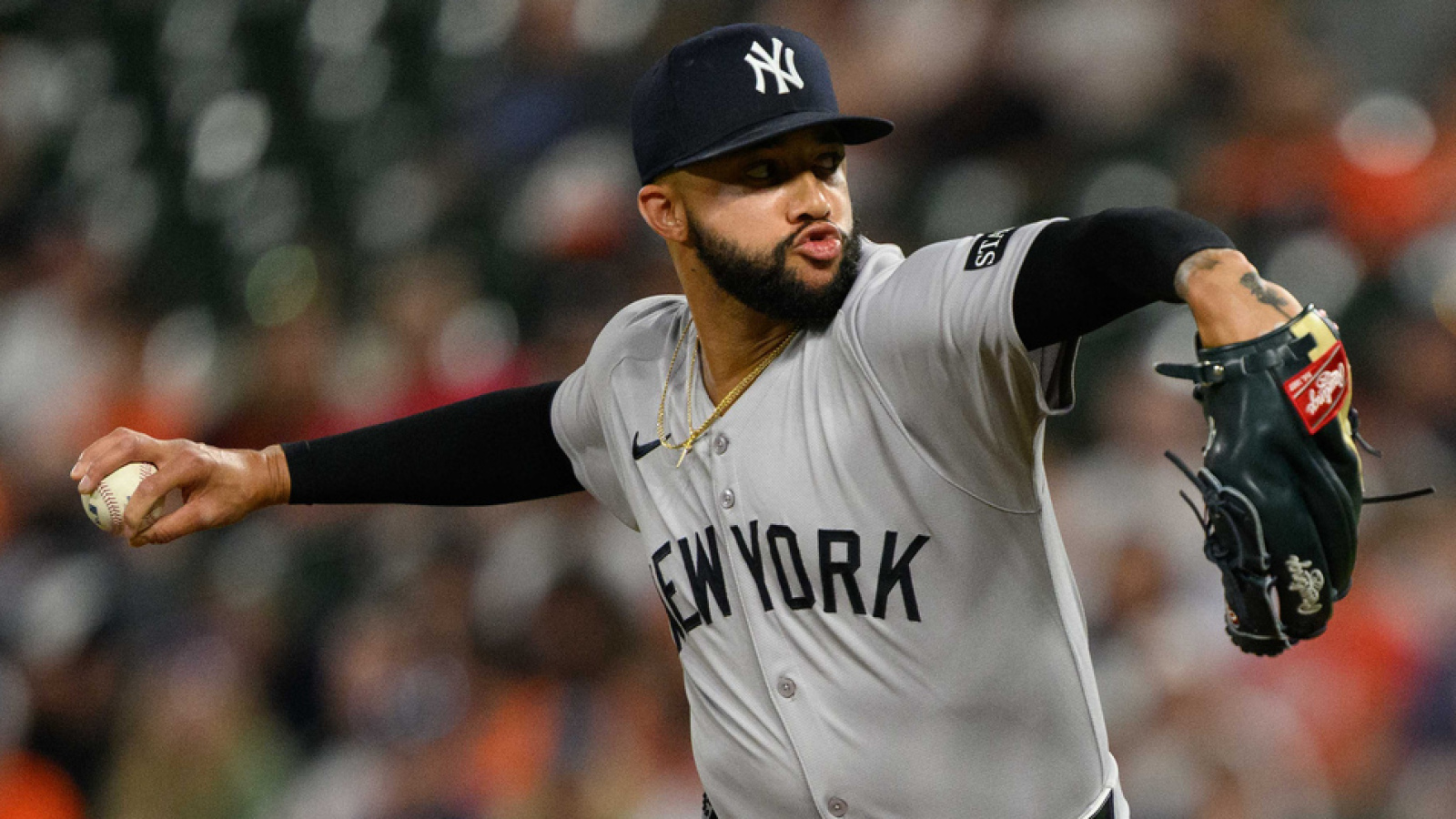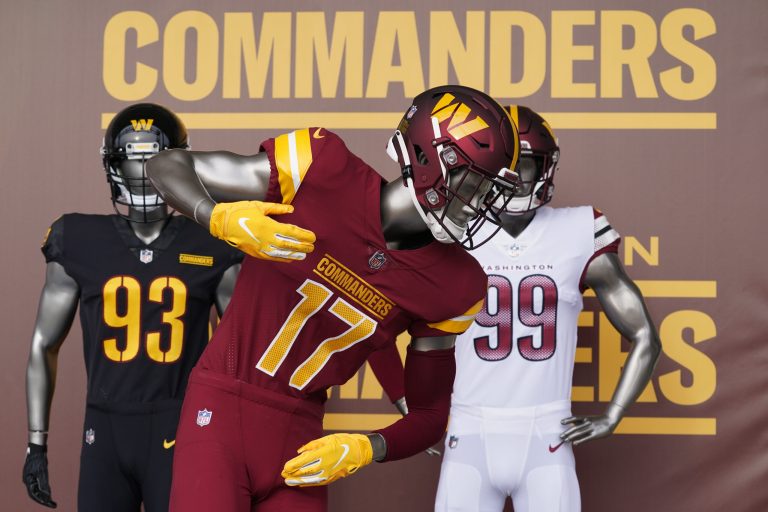Over the offseason, the New York Yankees traded for a lockdown closer. However, what they got was far from what they expected.
In six years with the Brewers, All-Star closer Devin Williams pitched to the tune of a 1.83 ERA. In 23 games with the Yankees this season, he owns a frightening 6.75 ERA with an opponent batting average of .250, both of which are career-highs. These results offer a stark difference from that of the Williams we were all familiar with just last season.
The 30-year-old reliever has hit a few speed bumps in the past, often scuffling in the early months of the season, but his struggles with the Yankees this year are the first of their kind. Not only are Williams’ ERA and opponent average the worst of his career, but his 5.4 walks per nine innings (BB/9) is at a career high, while his 11.7 strikeouts per nine (K/9) is a career low (not including his brief debut season).
By now, it looks like Williams is just one of those pitchers who doesn’t perform well with the Yankees. Still, there is an overlooked nugget of data that refutes this conclusion. As it turns out, Williams is just a pitcher who doesn’t perform well closing for the Yankees.
After one of his numerous ugly outings in late April, Williams was removed as closer. Since his demotion, Williams began to thrive. His dominance would be prevalent for all but one appearance, on a wet night against the Padres, where rain-soaked baseballs hampered him in a 4-3 loss on May 5.
On May 27, approximately one month since losing the closer’s job, Williams was called in to close out a game against the Angels. Facing a relatively tame Angels batting order, Williams gave up two runs on three hits, including a home run. He still walked away with the save and a 3-2 Yankee win, though he had managed to frighten his fan base and turn a shutout into a one-run game.
If this cautionary tale serves to teach any lesson, it would be that Williams should be used as a setup man, not a closer. To better illustrate this point, let’s take a look at the data.
The table below shows Williams’ stats in the ninth inning compared to all other innings. No save opportunities occurred in any inning but the ninth, including extras.
| Inning number | Innings pitched | Earned runs | Hits | Walks |
| Ninth | 8.2 | 12 | 14 | 7 |
| All others | 11.1 | 3 | 5 | 5 |
Yankee fans can rest assured when Williams takes the mound — just not in the ninth. As the data shows, Williams’ ninth-inning nightmares aren’t reflected in his other outings (the rainy night appearance notwithstanding).
That said, anything can change. Given his immense talent, Williams could still be the stellar closer whom Yankees GM Brian Cashman envisioned in his original plans. However, when the Yankees already have a reliable closer in Luke Weaver, who is pitching to an astounding 0.73 ERA, there really isn’t any point in having Williams close. A one-two punch of Williams and Weaver could make the Yankee bullpen a formidable force if used properly.







